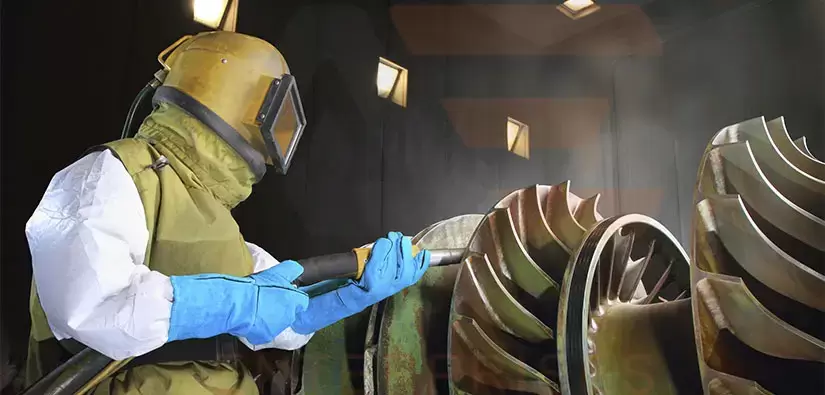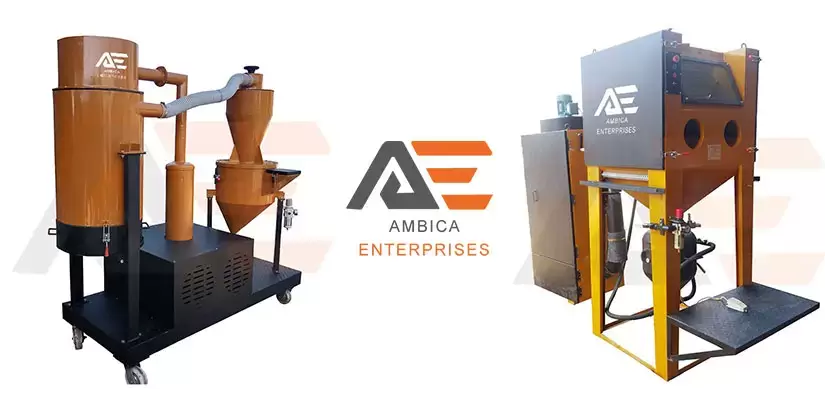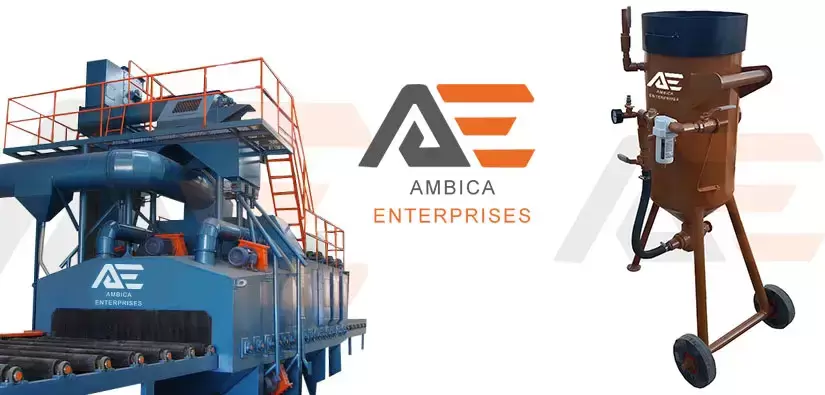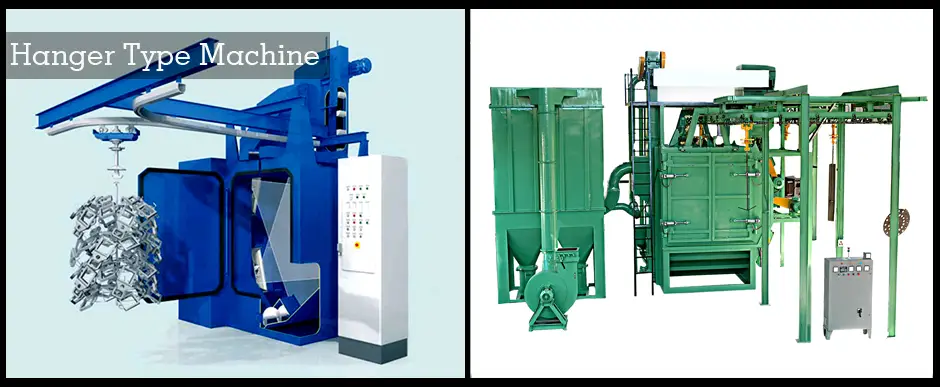
At its core, thermal spray technology involves the deposition of molten or semi-molten materials onto a substrate, creating a protective coating. This process encompasses a myriad of techniques, each tailored to specific applications and material requirements. From flame spraying to arc spraying, and plasma spraying to high-velocity oxygen fuel (HVOF) spraying, the arsenal of thermal spray methods offers unparalleled flexibility and precision.
What is a Thermal Spray Machine?
A thermal spray machine is a cost-effective equipment for improving surface characteristics. We support all popular thermal sprinkle processes, with choices to suit your surfacings and all other application elements – such as the size of your run, the scale of your part, environmental concerns, and portability obligation. These guns are used for coating the subjected material with the media(rod, wire, powder).
The thermal spray gun is an industrial coating process that consists of a heat source (flame or electric) and a coating material in a powder or wire form which is literally melted into small droplets and sprayed onto surfaces at large velocity. This “spray welding” method is known by several names including Plasma Spray, HVOF, Arc Spray, Flame Spray, and Metalizing.
Thermal sprayed coatings are typically utilized on metal substrates, but can also be applied to some plastic substrates. This type of coating uniquely enhances and improves the performance of the component.
Thermal Spray Coating Processes
Thermal spray is a general term used for a coating process in which the coating substance is burned or melted instantly by means of combustion, electric arc or plasma, and together proposed by gases onto a ready substrate. It is a process in which elements, ceramics, and synthetics, starting as either fine particles or wires, are sprinkled onto a surface after being burned to their melting point by an electric arc or combustion flame.
Types of Thermal Spray Processes
1. Flame Spray
In flame spraying, the coating material is melted using a combustion flame generated by a fuel gas and oxygen. This process is versatile and can accommodate a wide range of materials, including metals, ceramics, and polymers.
2. Arc Spray
Arc spraying utilizes an electric arc to melt the coating material, which is then atomized using compressed air and propelled towards the substrate. This method is favored for its high deposition rates and excellent bond strength.
3. Plasma Spray
Plasma spraying involves the use of a plasma torch to heat and melt the coating material, which is then accelerated through a nozzle and deposited onto the substrate. Plasma spray offers precise control over coating properties and is well-suited for high-performance applications.
There are various different types of processes used to apply a thermal sprayed coating. They are the following: -
- Conventional flame spray
- Electric arc wire spray
- Plasma HVOF spray gun
- High-velocity Oxy-fuel Spray (HVOF).
- Flame Spray Gun
- Wire Flame Spray Gun
- Rod Spray Gun
- Twin Wire Arc Spray Gun
- HVOF and HVAF
- Arc Spray Gun
- Powder Flame Spray Gun
Advantages of Thermal Spray Coatings
The inherent benefits of thermal spray coatings underscore their indispensability across industries. Durability reigns supreme, with coatings exhibiting exceptional resistance to corrosion, wear, and thermal cycling. Moreover, thermal spraying facilitates tailored material properties, enabling the fine-tuning of coating characteristics to suit specific environmental conditions and performance demands.
Applications Across Industries
The versatility of thermal spray technology transcends boundaries, finding applications across a myriad of industries:
- Aerospace: Thermal barrier coatings for turbine components.
- Automotive: Corrosion-resistant coatings for engine components.
- Oil & Gas: Wear-resistant coatings for drill bits and pipelines.
- Medical: Biocompatible coatings for implants and medical devices.
Conclusion
In conclusion, the thermal spray machine and coating process epitomizes the marriage of innovation and functionality in the realm of surface engineering. From aerospace to healthcare, its applications are as diverse as they are indispensable. With its ability to bestow durability, resilience, and tailored properties onto substrates, thermal spray technology stands as a stalwart guardian of industrial progress.
Ambica Enterprises is a manufacturer, supplier, and Exporter of Thermal Spray Equipments, HVOF Gun, Metalizing Gun, Zinc Spray Gun, Powder Flame Spray Gun, Plasma HVOF Spray Gun, and Blasting Tools etc. at low prices best quality.
FAQs: -
What is thermal spray used for?
Thermal spray is used to put a protective coating on stuff. It's like giving something a shield to make it stronger and last longer. Like, imagine spraying a layer on metal to stop it from rusting or spraying something on a part of an airplane to make it withstand really hot temperatures.
What is the working principle of the thermal spray technique?
So, the thermal spray technique works like this: you take a material, like metal or ceramic, and you heat it up a lot until it turns into tiny bits. Then, these tiny bits get sprayed onto something else really fast using a special machine. When these bits hit the surface, they stick together and make a tough coating.
What is the efficiency & coating thickness of a thermal spray gun?
The thermal spray gun can give a 40-micron layer on one hand of spraying. So on further spraying it can give 80-120 microns also. The efficiency of a thermal spray gun is 52%.
What is the use of an air regulator & air moisturizer in a thermal spray gun?
Air Regulator regulates Oxygen & Combustion Fuel to be mixed properly for combustion results flame. Air moisturizer removes water particles from the air to have good usage of the thermal spray machine. The air of 30-40 p.s.i & 5-6 kgf/cm2 is used for spraying up the material on the surface of the substrate.
What is approx. weight of the thermal Spray Machine?
The approx. weight of Thermal Spray Machine varies from material to material as it has a weight of 3.4-4.6 kg.
What is the use of the Siphon plug-in Thermal Spray Gun?
A siphon is a plug used for controlling the mechanism of the wire of diameter according to the diameter of the plug. If a different diameter of wire is used then a different plug is used for the thermal spray gun. The standard plug diameter is 3.5mm.
What materials can be thermal sprayed?
You can spray lots of stuff with thermal spray! It's not just metal; you can spray ceramics, plastics, and even some kinds of glass. Basically, anything that can be melted and sprayed can be used for thermal spraying.
What temperature is thermal spray?
Thermal spray gets super hot! The temperature can vary depending on the method used, but it can be thousands of degrees Celsius. That's like the heat of a really hot oven or even hotter! But don't worry, the machine controls everything so it's safe.






